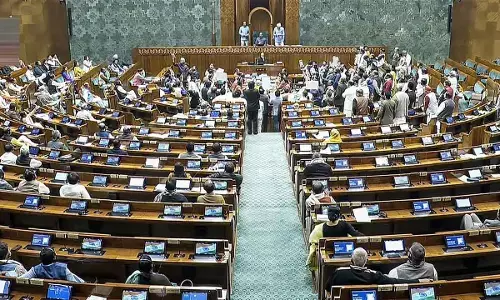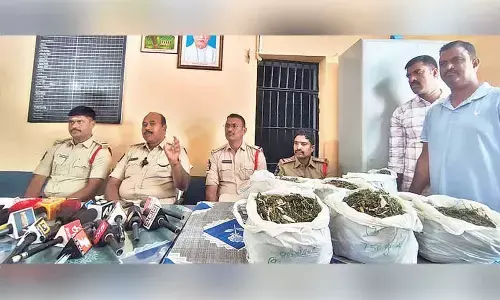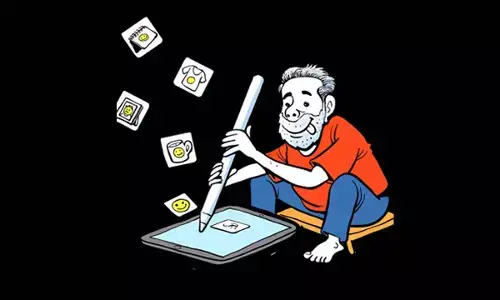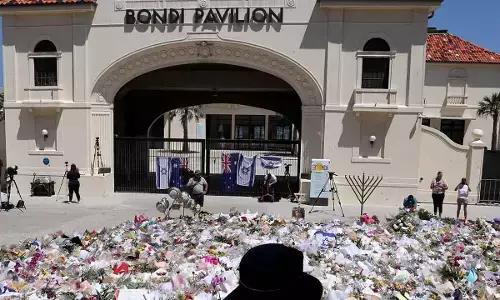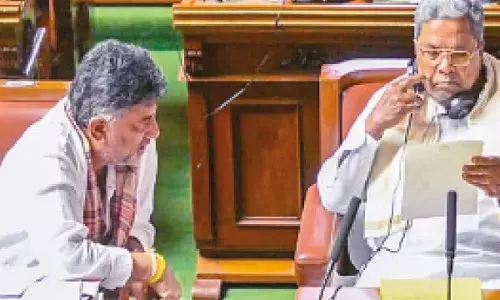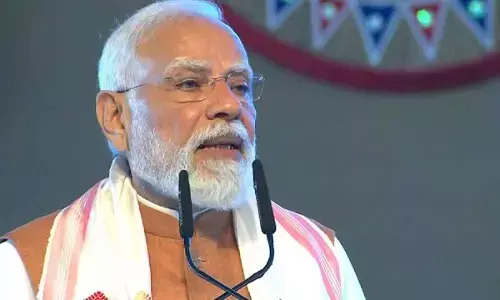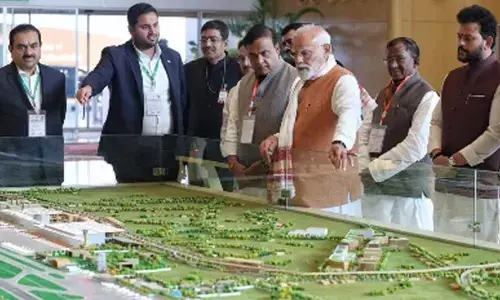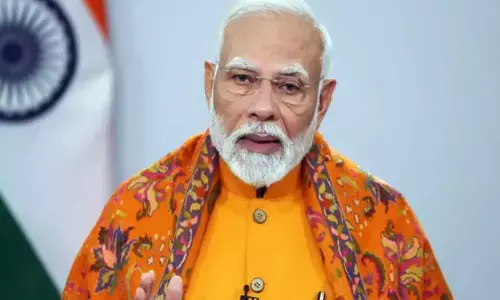Women's emancipation, a mirage still
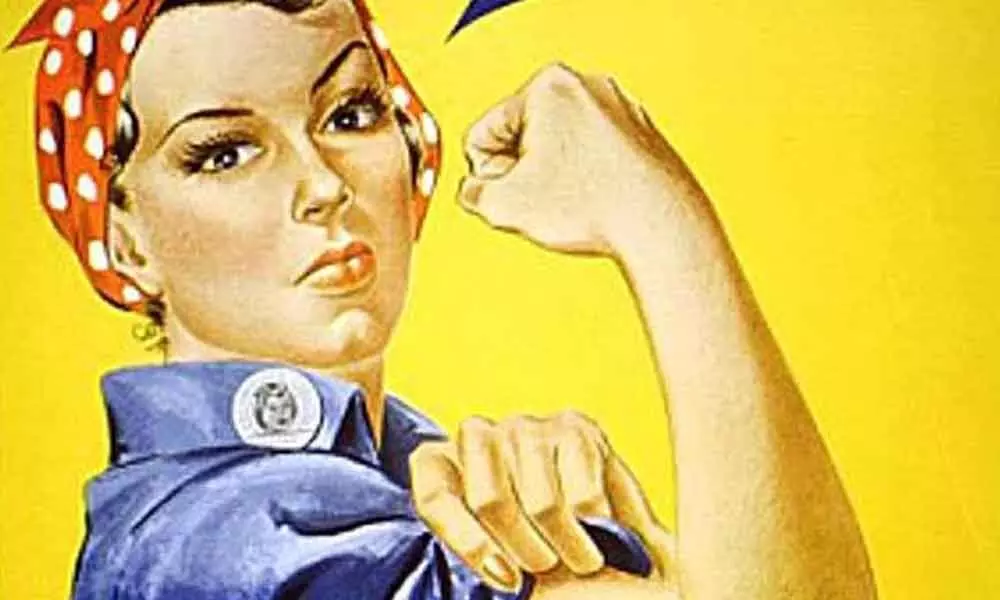
Representational image
To enhance the safety and security of women in the country, the Ministry of Home Affairs has taken several initiatives which are funded by the Nirbhaya Fund.
To enhance the safety and security of women in the country, the Ministry of Home Affairs has taken several initiatives which are funded by the Nirbhaya Fund. A separate Women Safety Division has also been set up in the Ministry of Home Affairs (MHA) to sensitise the States/UTs on women safety related issues including timely completion of investigation of sexual assault cases. Or so the Government claims.
This International Women's Day was marked by press releases and reiterations of the Government commitment to the uplift of women in every segment. One of the releases says under Prime Minister Narendra Modi's leadership the country has taken a number of steps in the last seven years towards women empowerment and their safety and security. Taking a tough stand against heinous incidents of sexual assaults, Government of India has made the punishment of rape more stringent through the Criminal Law Amendment Act 2018.
However, the real story remains something else. India's poverty is one of the main reasons for low literacy among women. Only 13 per cent of farm is owned by women across India, however, this figure is very low when it comes to Dalit women in India. About 41 per cent of women in India make their living by manual labour. Being a non-earning member, it further expands women vulnerability and increases women dependability on their male counterparts. India is ranked 105 amongst 128 countries in its Education for All Development Index.
Among SAARC nations, India stands third behind Sri Lanka, and Maldives. India still has one of the lowest female literacy rates in Asia. As per the India's last census in 2011, the female literacy stands at 65.46 per cent compared to 82.14 per cent of males. estimates show that for every 100 girls in rural India only a single one reaches class 12 and almost 40 per cent of girls leave school even before reaching the fifth standard. Women's participation in the force is quite low and has been falling over the last few years. The female to male ratio is only 0.36.
This is worsened by lack of choices that women have to engage in paid work related to work type and location, patriarchal gender norms, and the undue burdens of unpaid care work that women bear. The wage gap between Indian men and women is amongst the worst in the world, a report by international confederation of charitable organisations, Oxfam, said. The Monster Salary Index (MSI) says, Indian men earn 25 per cent more than women in the same kind of work done by both men and women. The average gender gap is 38.2 per cent.
However, Accenture research says that the gender gap in India is as high as 67 per cent. More than 47 per cent of women in India are involved in agriculture-related works, however the wage gap is beyond comprehension, because of non-uniformity in sectors, which is the same for other unorganised sectors in India. Given to India's patriarchal nature, domestic violence remains as culturally accepted because of cultural and religious reasons.
In a survey with young men and women in India, 57 per cent of boys and 53 per cent girls accept women beating by husbands is justified. In another recent survey between 2015-2016, it revealed, 80 per cent of working women suffer domestic violence at the hands of their husbands. Let the government ponder over the gaps.








